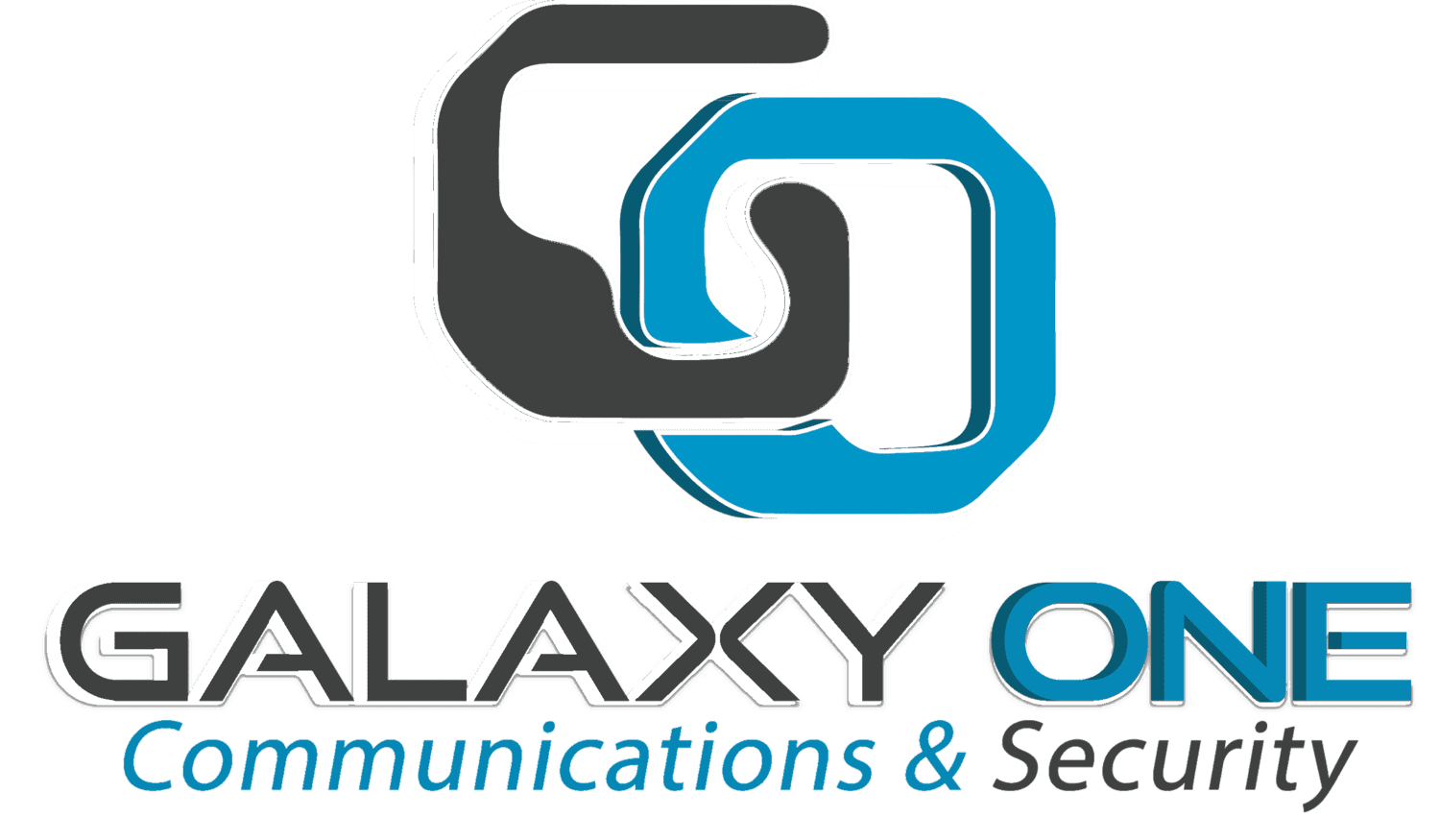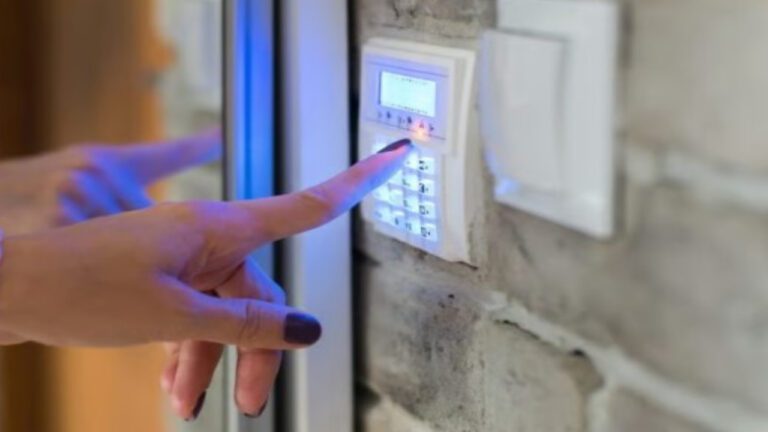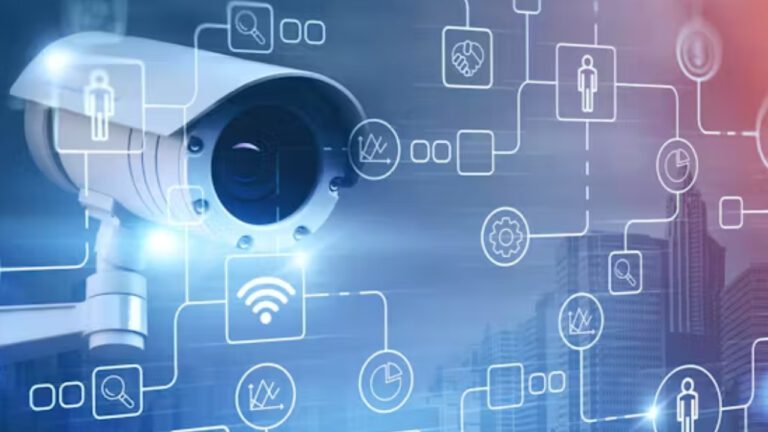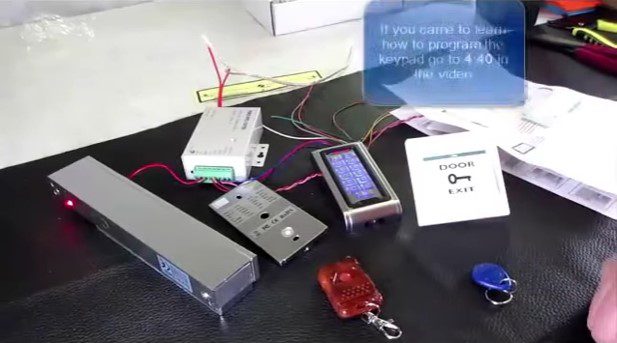Running a restaurant today is more than serving good food and offering great service. Restaurant owners and managers must keep both customers and employees safe and secure. Using restaurant video surveillance systems is one of the best ways to do this. These systems are key for watching what happens in and around the restaurant. They help stop crime, settle disputes, and keep the place safe. This guide covers everything you need to know about restaurant video surveillance systems. We’ll start with the basics and move to more advanced topics.
What Are Restaurant Video Surveillance Systems?
Restaurant video surveillance systems use cameras placed around the restaurant. They watch and record what happens. These cameras record video. You can watch it live or save it to review later. Restaurant video surveillance systems improve security and stop theft. They also keep employees accountable and help with daily operations.
Restaurant video surveillance systems can be very basic with a few cameras. They can also be more advanced with many cameras and special software. Some include extra security features. You can choose the setup that fits your needs. The size and layout of the restaurant affect the choice of surveillance system. You can adjust the system to fit your specific security needs. You can customize it for each restaurant.
Why Do Restaurants Need Video Surveillance Systems?
Video surveillance in restaurants is more than watching the place. Here are a few reasons why every restaurant should have a video surveillance system:
-
Enhancing Security and Safety: Cameras can stop crimes like theft and vandalism. They make people think twice before doing something wrong. Knowing they are being watched can stop people from doing illegal things.
-
Monitoring Employee Performance: Restaurant video surveillance systems let owners and managers see how employees work. This ensures staff follow rules, provide good service, and work well. It can also help you identify areas where you may need extra training.
-
Protecting Customer Safety: Keeping customers safe is a top priority for every restaurant. Cameras can watch how customers interact. They help spot safety risks and respond to accidents or fights.
-
Preventing Internal Theft: Employee theft happens in many businesses, including restaurants. Video surveillance can lower theft. It makes employees responsible for their actions. Knowing that their actions are being recorded can discourage dishonest behavior.
-
Resolving Customer Disputes: Customer complaints are inevitable in the restaurant industry. If there’s a billing issue, service problem, or food complaint, video footage can help. It provides clear evidence. This helps resolve disputes in a timely and manner. This can prevent potential legal issues and maintain customer trust.
-
Following Health and Safety Rules: Many restaurants must follow health and safety regulations. Video surveillance helps you ensure that people follow these rules. It checks food handling, cleanliness, and employee hygiene.
-
Insurance Benefits: Some insurance companies give discounts if you have video surveillance. This is because cameras lower the risk of theft, vandalism, and liability claims.
Types of Restaurant Video Surveillance Systems
There are different types of restaurant video surveillance systems. Each type has its own features and benefits. Knowing the different options helps you choose the best system for your restaurant:
-
Analog Cameras: These are the old-style surveillance cameras used for many years. They record video and send it to a device like a digital video recorder (DVR). Analog cameras are usually cheaper. But they don’t offer the high image quality of modern digital cameras.
-
IP Cameras: These are digital cameras that connect to your restaurant’s network. They provide better image quality, advanced features, and let you access footage online. IP cameras are getting more popular. They are versatile and easy to use.
-
Wireless Cameras: Wireless cameras do not need physical cables to send video footage. Instead, they use Wi-Fi or other wireless tech to send data to a recorder or cloud storage. Wireless cameras are easier to install. They can go in hard-to-reach places, making them a flexible choice for many restaurants.
-
Dome Cameras: These are small, dome-shaped cameras used for indoor surveillance. They have a discreet design, so they are less noticeable. They cover a wide area, which is great for dining rooms, lobbies, and other indoor spaces.
-
Bullet Cameras: These are long, cylindrical cameras used for outdoor surveillance. They are visible, which can deter criminals. They build them to withstand harsh weather. Install bullet cameras at entrances, exits, and parking lots.
-
PTZ Cameras: You can control Pan-Tilt-Zoom (PTZ) cameras from a distance. They can pan, tilt, and zoom in on specific areas. These cameras are very versatile. They can watch large areas or focus on specific points. People use PTZ cameras in busy areas or where they need detailed monitoring.
-
Hidden Cameras: These are small cameras concealed in everyday objects. They are not easy to see. People use them for discreet monitoring. This is useful for suspected theft or employee misconduct. Hidden cameras can have legal issues. It’s important to know local privacy laws before installing them.
-
Thermal Cameras: These cameras detect heat and check temperature changes. Thermal cameras are less common in restaurants. Thermal cameras are rarely used in restaurants. They can be helpful in kitchens or storage areas. They detect equipment problems and check food temperatures. You can use thermal cameras for security in low-light conditions.
Where to Install Video Surveillance Cameras in a Restaurant
Placing cameras in the right spots is crucial. It helps you get the most out of your video surveillance. Place cameras in key areas where you need security most.
-
Entrances and Exits: Put cameras at all entrances and exits. This helps watch who comes and goes. This helps track customer and employee movements. It also provides useful footage if something happens.
-
Dining Areas: Cameras in the dining area watch customer behavior. They ensure good service and capture any issues like fights or accidents. These cameras also provide a sense of security for both customers and staff.
-
Cash Registers and Point-of-Sale Stations: These areas handle money and sensitive customer information. It’s important to watch them in detail. Cameras in these locations can help prevent theft, fraud, and employee misconduct.
-
Kitchens: The kitchen is busy. Many staff members prepare, cook, and handle the food. Cameras in the kitchen help ensure food safety. They watch employee hygiene and prevent theft of ingredients or supplies.
-
Storage Areas: These include walk-in refrigerators, freezers, and dry storage rooms. They often hold valuable inventory like food, drinks, and supplies. Installing cameras in these areas helps prevent theft. It also ensures that you manage inventory in the right way.
-
Parking Lots and Outdoor Areas: Install cameras if you have a parking lot or outdoor seating. They check customer vehicles and prevent vandalism. Cameras also help keep patrons and staff safe.
-
Bar Areas: Install cameras in the bar. They help check alcohol service and track cash transactions. They also ensure bartenders follow liquor laws and company policies.
-
Employee Break Rooms: Cameras in break rooms can help with safety. They can prevent inappropriate behavior and ensure staff follow break times. It’s important to respect privacy while doing this.
-
Restrooms: Installing cameras in restrooms is usually illegal. It violates privacy rights. But, you can place cameras outside restroom entrances. This helps watch traffic in and out for security purposes.
Benefits of Using Video Surveillance in Restaurants
Using a video surveillance system in your restaurant has many benefits. It can help your business in several ways:
-
Enhanced Security: Cameras help prevent theft, vandalism, and fraud. They make it less likely for criminals to act. The mere presence of cameras can discourage potential wrongdoers from targeting your restaurant.
-
Improved Employee Productivity: When employees know they are being watched, they follow rules more. They work better and provide better service. This helps the performance of the restaurant. This can lead to increased productivity and a more positive work environment.
-
Better Customer Service: Watch how staff interact with customers. This helps find where service can be better. This can lead to higher customer satisfaction and repeat business.
-
Accurate Evidence Collection: In a crime, accident, or dispute, video footage is useful. It helps solve the problem. This can be especially important in legal cases, insurance claims, or internal investigations.
-
Remote Monitoring Capabilities: Modern IP cameras let you watch your restaurant online. You can check in from anywhere using the internet. You can view live footage from your phone, tablet, or computer. This works whether you’re at home, on vacation, or managing different places.
-
Cost Savings: Buying and installing a video system costs money at first. But over time, it can save you a lot. Preventing theft and lowering insurance costs can help you save money. It also makes your business run better.
-
Compliance and Accountability: Video surveillance helps your restaurant follow health and safety rules. It also ensures you meet labor laws and company policies. It also makes employees responsible for their actions. This helps build a culture of honesty and accountability.
-
Peace of Mind: With 24/7 monitoring, you and your customers can feel safe. You can focus on running your business and not worry about security issues.
Choosing the Right Video Surveillance System for Your Restaurant
Choosing the right video system for your restaurant needs careful thought. There are several factors to consider. To ensure that you choose a system that meets your needs, consider the following:
-
Budget: Determine your budget for purchasing and installing a restaurant video surveillance system. It’s important to buy good equipment. But, there are choices for different budgets. More expensive restaurant video surveillance systems often have extra features. These might include better resolution, advanced analytics, and more storage.
-
Camera Quality and Resolution: Better cameras give clearer footage. The quality and resolution affect how sharp the video is. Higher-resolution cameras give clearer images. This helps with identifying faces, license plates, and other details. Consider HD or 4K cameras for detailed areas. They provide better image quality where you need it most.
-
Storage Solutions: You must store video footage in a safe manner. There are different storage options to choose from. Traditional DVR systems use hard drives for storage. Modern IP camera systems often use cloud storage. Cloud storage allows for easy access and backup but may need a subscription fee. Think about how long you need to keep footage. Choose a storage option that meets your needs.
-
Ease of Installation and Use: Choose a surveillance system that is easy to install and use. Some restaurant video surveillance systems include easy-to-use software. This lets you manage and view footage with ease. If you’re unsure about setting up the system, hire a professional. They will ensure they install everything the right way.
-
Remote Access and Mobile Viewing: To watch your restaurant from anywhere, pick a system with remote access. Make sure it also has mobile viewing. This lets you check in from your phone or tablet. This lets you watch live or recorded footage on your phone, tablet, or computer. It gives you more control and flexibility.
-
Scalability and Future Expansion: Think about future growth when choosing a video system. Pick one that can expand if needed. If you plan to add more cameras later, choose a system that can grow with you. It should handle extra cameras and new features.
-
Integration with Other Security Systems: Some video systems can work with other security tools. These include access control, alarm systems, and POS systems. Integration gives a better security approach. It also offers extra insights into your restaurant’s operations.
-
Technical Support and Warranty: Pick a system from a trusted manufacturer. Make sure they offer good technical support and a warranty. This way, you get help if there are problems. It also protects your investment.
Legal Considerations for Restaurant Video Surveillance Systems
Before installing cameras, understand the legal rules. This is important for your restaurant. Not following local laws can cause legal problems. It can also harm your restaurant’s reputation:
-
Privacy Laws and Regulations: Laws about video surveillance and privacy differ by location. Check local rules to ensure compliance. In general, you must respect the privacy of both employees and customers. Cameras should not be in places where people expect privacy. This includes restrooms, changing rooms, and private offices. Be sure to research and follow the specific laws in your area.
-
Informing Employees and Customers: In some places, inform employees and customers about recording. Use signs or notices to do this. This is a legal need. Make sure to post signs or provide notices. This helps keep everyone informed and compliant. You can place clear signs to show that video surveillance is in use. You may need to give written notice to employees in their employment agreement.
-
Audio Recording Considerations: Recording audio without consent is illegal in many places. If your system records audio, understand the laws about audio recording in your area. Sometimes, you need to get consent from employees and customers before recording audio.
-
Data Protection and Security: Protecting your surveillance data is very important. Make sure the system is secure. Only authorized people should access the footage. Use strong passwords and encryption. Store video data to prevent unauthorized access. Follow data protection rules, like the GDPR in the European Union. This is essential.
-
Retention and Disposal of Footage: Decide how long to keep video footage. Set a policy for disposing of old footage. Keeping footage too long may break privacy laws. Disposing of it too soon could mean losing valuable evidence. Set a retention period that follows legal rules and fits your business needs.
-
Employee Rights and Union Agreements: Employees may have special rules about video surveillance. Check any agreements before installing cameras. This ensures you follow the rules. Check union contracts for rules on video surveillance. Consult with a lawyer if needed to follow employee rights.
Conclusion
Restaurant video surveillance systems are crucial for keeping your restaurant safe and secure. They also help with efficiency. Choose the right system and place cameras in key areas. Understand the legal rules. This helps protect your business, improve employee performance, and keep customers safe. Investing in a good restaurant video surveillance system is more than security. It saves money, boosts customer satisfaction, and gives peace of mind. As your restaurant grows, a reliable video surveillance system will be very helpful. It will support your success.




